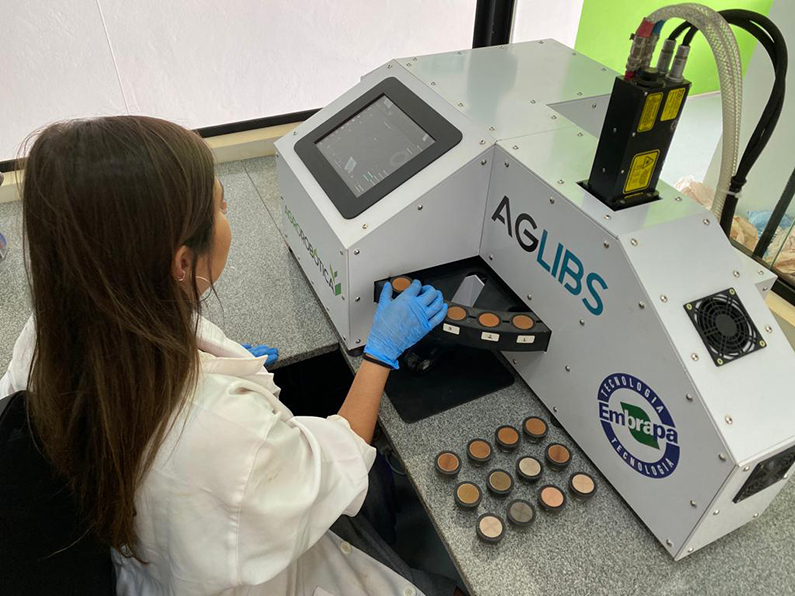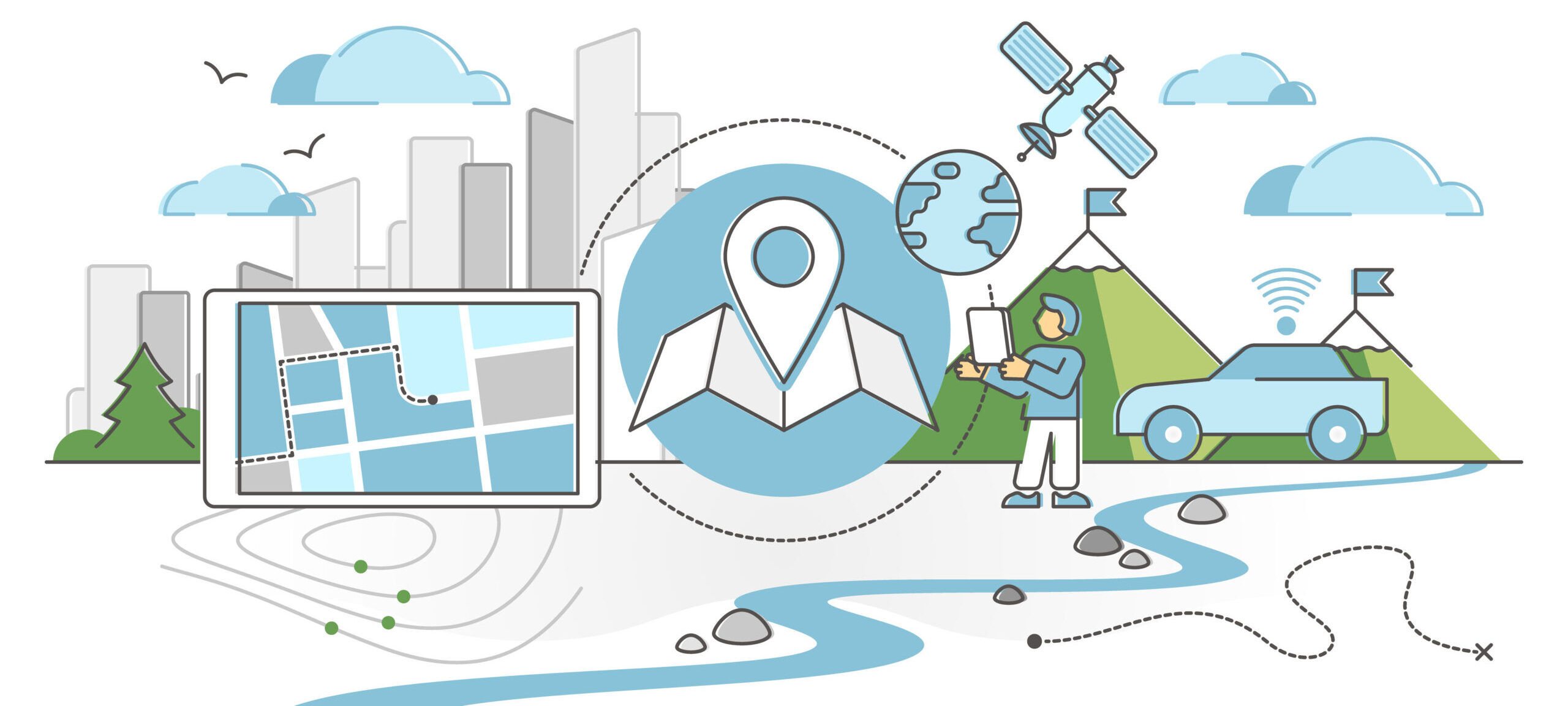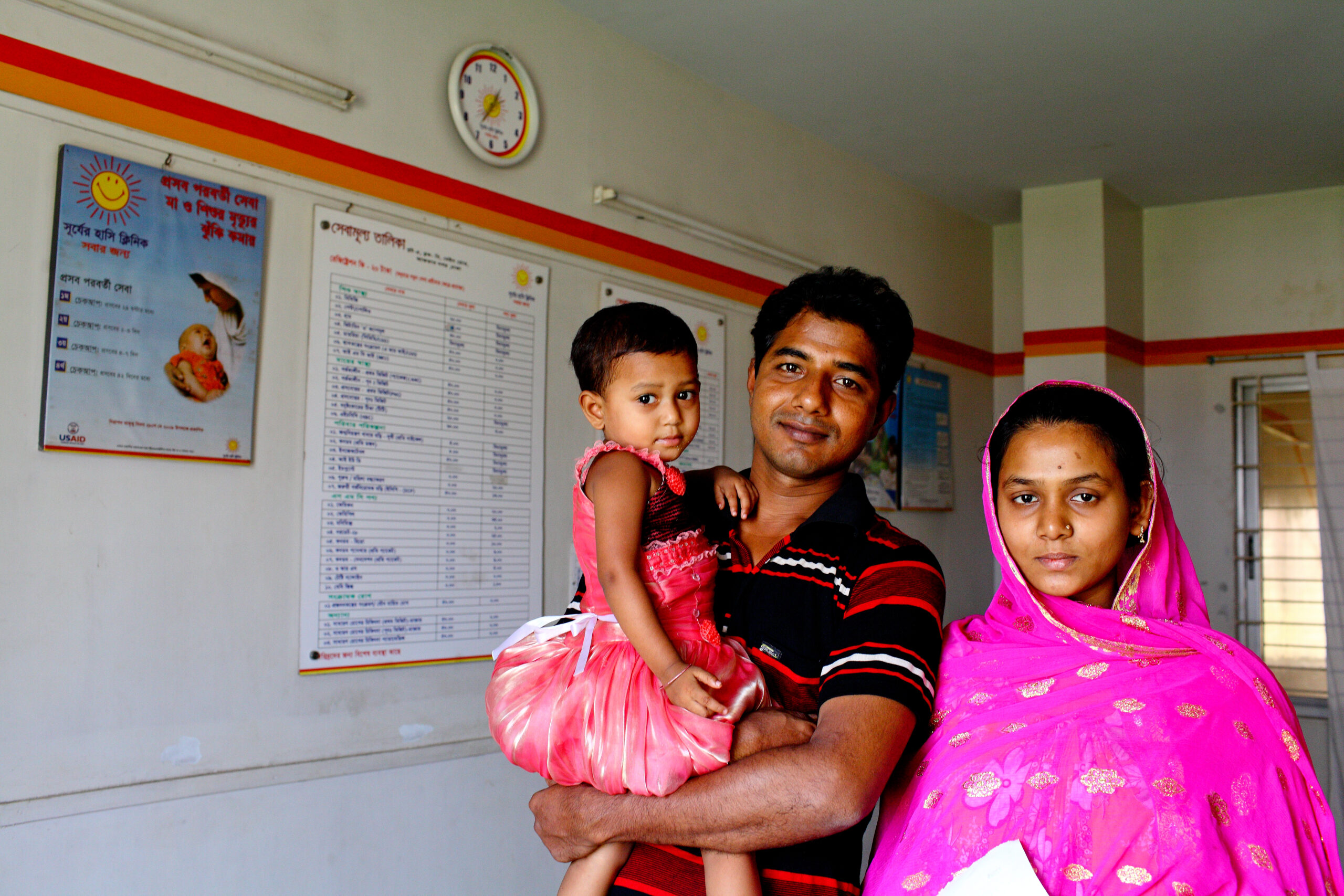In the flat, dry soy fields of Bahia in northeastern Brazil, an artificial intelligence startup called Agrorobótica is collecting soil samples, then using NASA-inspired robotics to analyze their composition. Agrorobótica is funded through an innovation grant managed by Chemonics International. The company’s novel approach to soil analysis has multiple benefits for farmers, global businesses, consumers, and the planet.
Agrorobótica’s office printer-sized robots use photonic laser pulses — the same technology that NASA’s Curiosity Rover employs to analyze soil samples on Mars — to measure how much carbon the soil samples contain. Establishing a soil carbon baseline is an essential first step in generating carbon credits that farmers can sell to companies looking to offset their greenhouse gas (GHG) emissions. Carbon credits are measurable, verifiable emission reductions from certified climate action projects that reduce, store, or avoid GHG emissions.
Carbon sequestration, or capturing and storing excess carbon from the atmosphere, is a crucial strategy needed to reduce the greenhouse effect and mitigate the effects of climate change. Sustainable farming practices, such as conservation tilling, cover cropping, and crop rotations, can increase the carbon stored in the soil while improving soil productivity. Optimizing carbon capture on farms helps address two of the world’s most urgent challenges: food insecurity and climate change.
Experts estimate that Brazil holds 15% of the world’s carbon-sequestration potential — much of that potential owing to the vast and diverse Amazon rainforest. Indonesia matches Brazil’s carbon storage potential at 15%, but the next-nearest country, the Democratic Republic of the Congo, is a distant third at 5%.
Unlocking the Potential of Carbon Farming
Agriculture is in a unique position in terms of GHG emissions, as it is simultaneously part of the problem and a potential solution. On the one hand, current farming practices are a major source of emissions; on the other, sustainable agricultural practices can sequester excess carbon emissions and slow climate change.
“Data from the United Nations show that 31% of global emissions of greenhouse gasses (equivalent to 16.5 billion tons) now come from agri-food systems, an increase of 17% compared to 1990, on par with the growth of the world population,” says Agrorobótica CEO Fabio Angelis. “Growing demand for food may increase agricultural production by 70% over the next 10 years, and Brazilian agribusiness is expected to account for 40% of this increase.”
Many experts believe that expanding carbon markets can reward sustainable farming practices that reduce on-farm emissions while turning farms into soil carbon sinks.
However, until recently, there hasn’t been a fast, reliable, and affordable way to measure and verify soil carbon. Most laboratories in Brazil’s largest city, São Paulo, take about 10 days to analyze soil, and it can even take 40 days in rural Bahia. Lab analysis is also expensive and toxic, using chemicals that can have harmful environmental impacts.
Enter Agrorobótica and its AGLIBS system (LIBS is an acronym for laser-induced breakdown spectroscopy), which completes the same analysis in just two days, using an inexpensive, chemical-free testing process.
“Agrorobótica’s carbon analysis was the first ever carried out on our properties,” says Luiz Bergamaschi, who used Agrorobótica’s system on his soy farms in western Bahia. “Their AGLIBS technology collected and analyzed soil samples faster and more efficiently than similar services available on the market. The data shows that productivity and nature conservation can go hand in hand, bringing financial benefits to rural producers who use sustainable and low-carbon agricultural practices.”
Agrorobótica received a grant from the Land Innovation Fund (LIF), which was established by Cargill and managed by Chemonics from 2020 to 2025. LIF’s mission is to support the development of a sustainable, deforestation-free soy supply chain in South America. LIF operates in three distinct South American biomes that intersect with Brazil: the Cerrado (which covers western Bahia), the Gran Chaco, and the Amazon.
LIF helped launch the Sustainable Soy in the Cerrado Program (PSSC) in partnership with two organizations promoting technological innovation in Brazilian agriculture: AgTech Garage and EMBRAPII (Empresa Brasileira de Pesquisa e Inovação Industrial). Twice a year, PSSC partners stage a competition to identify promising startups, and the selected enterprises receive technical support and guidance from industry mentors, academic advisors, and farmers who are testing new technology in the field. Some PSSC participants also receive funding from LIF’s Startup Finance Facility (SFF) to further develop and test their innovations. Agrorobótica is one of 11 companies that SFF has funded so far.
New Windfall for Farmers
The emergence of carbon-offset markets has spurred further interest in Bahia’s soy fields, and carbon farming could become a significant source of additional income for Brazilian farmers.
“Low-carbon agriculture contributes directly to mitigating climate change,” Angelis says. “And it can also make carbon a new agricultural commodity, bringing in extra financial benefits for farmers.”
In voluntary carbon markets, companies and individuals that produce excess carbon dioxide look for ways to offset or neutralize their emissions by purchasing carbon credits from entities that are storing carbon. Carbon producers can both offset their negative impact on the environment and incentivize others to continue to remove carbon from the atmosphere. In voluntary markets, the relationship is bilateral and not subject to public regulation.
Analyzing soil samples is essential for farmers looking to enter carbon markets, because the data gives clues about which crops, pesticides, and farming methods are best suited to carbon sequestration. Accurate readings can further decrease costs of fertilizers and increase agricultural productivity. Soil carbon analysis can also verify the successful sequestration and integrity of carbon credits, providing stability to the market.
Most Brazilian farmers have not traditionally conducted soil testing because of the expense, but AGLIBS greatly reduces the cost, which has expanded the appeal of carbon farming among farmers in Bahia.
“The Ecosystem Marketplace, which collects information from the world’s leading carbon-project developers, estimates that transactions with voluntary carbon credits were around $1 billion in the first 11 months of 2021,” Angelis says. “That’s more than double the $473 million negotiated in 2020. Despite being still relatively small, this market has been growing exponentially with the explosion of net-zero commitments by companies. The numbers vary, but there are studies that estimate that it could reach between $50 billion and $100 billion by 2030.”
Agriculture is a critical sector in the Brazilian economy, accounting for about a quarter of the overall national gross domestic product. Western Bahia’s 1.7 million hectares of soybeans are a major reason that Brazil is the biggest soy exporter in the world. However, Brazil’s emergence as the world’s largest soy exporter is a relatively recent development and a direct result of investment in technology and innovation.
“For historical context, Brazil was a net importer of food 50 years ago,” says former LIF Director Carlos E. Quintela. “Then the Brazilian government put in place innovative policies; created EMBRAPA, the national agricultural research agency; and made significant investments in research and development. The private sector seized the opportunity, and together, they transformed Brazil into one of the major food producers in the world. Soy production is one of the best examples of this transformation.”
Data is a key element in agricultural development, and through AGLIBS, Agrorobótica is building an essential carbon baseline for Bahia. In 2022 alone, Agrorobótica has collected 2,200 quantitative and qualitative carbon samples as well as 550 soil density and texture samples from western Bahia, which it will use to generate an inventory of the GHGs stored in the region’s soil.
“The data adds value for farmers,” Angelis says. “They can measure soil fertility, leaf nutrients, and the amount of carbon on their land while benefiting from financial mechanisms that reward their reduction of greenhouse gas emissions.”
Despite the benefits, the calculation and verification of carbon storage in farming systems is complex, but AGLIBS is helping to simplify the process.
“It’s relatively straightforward to measure carbon or reductions in carbon emissions from energy consumption,” Quintela says. “Because you know how much fuel you use, what kind of fuel it is, how much carbon is produced, you can accurately calculate the GHG emissions or the avoided GHG emissions. In agroforestry systems, however, it is very hard, because you have all kinds of other processes that are constantly emitting and capturing carbon as part of vegetation decomposition and growth, and changes in land use practices.”
Conservation practices like replacing nitrogen fertilizers with biological nitrogen fixation, no-till farming, and crop rotation help capture carbon and reduce GHG emissions.
“The accurate measurement of the carbon captured (or emitted) in agricultural systems is more challenging, slower, more costly, and less accurate,” Quintela says. “So, a system like Agrorobótica helps overcome some of those challenges, making the carbon market a more interesting and promising revenue opportunity for the farmers.”
These systems can also help realize the benefits of regenerative agricultural practices and the protection of natural vegetation in rural properties.”



